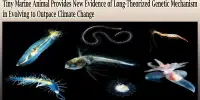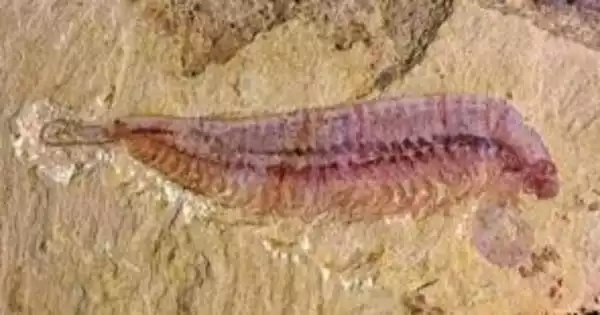Evolutionarily distinctive (ED) actually refers to species or lineages that have a unique or unusual evolutionary history. An ED species or lineage has a high degree of genetic and morphological divergence from its closest relatives, indicating that it has followed a distinct evolutionary trajectory.
By Rikki Gumbs from the Zoological Society of London (ZSL), UK, and colleagues, an updated metric for prioritizing species’ conservation that takes into account scientific uncertainty and complementarity between species, in addition to extinction risk and evolutionary distinctiveness, is published on February 28, 2023 in the open access journal PLOS Biology.
In order to prioritize species for conservation on the basis of maintaining the evolutionary history reflected in endangered species, ZSL developed the Evolutionarily Distinct and Globally Endangered (EDGE) index in 2007.
The method assigns a score to each species based on the evolutionary distance, expressed in millions of years, between a species and its closest living relatives, as well as the status of the species’ conservation on the IUCN Red List.
ED species are often of conservation concern because they represent a significant amount of genetic and evolutionary diversity that is not found in other species. Conservation efforts focused on ED species can help preserve unique genetic and ecological traits that may be important for ecosystem health and function.
The variety of life at which we marvel is the product of the shared and unique evolutionary histories of species past and present, yet many of the most evolutionarily distinct species on Earth today are at risk of extinction. We brought together experts in conservation science and practice to create a robust and coherent framework to prioritise the world’s most evolutionarily distinct species for conservation action, and applied the framework to produce an updated prioritisation of the world’s mammals.
Rikki Gumbs
Since then, EDGE has been used to award money for conservation efforts for mammals, amphibians, birds, sharks and rays, corals, and flowering plants.
ZSL hosted a workshop for conservation scientists and practitioners in order to update the EDGE metric to take into account recent developments in evolutionary biology and conservation.
The participants came to agreement on EDGE2, an updated metric that incorporates the extinction risk of closely related species as well as uncertainty in the relationships between species and their conservation status.
Applying the EDGE2 methodology to 6,253 mammal species, the researchers found that the Mountain Pygmy Possum (Burramys parvus) scored highest, representing 25 million years of evolution at critical risk of extinction. They determined 645 priority species, which collectively make up 81% of the evolutionary diversity in jeopardy.
More than 700 million years of evolutionary history would be preserved if the top 100 mammal species, or 1.6% of all species, were to be protected.
According to the authors, EDGE2 lists can aid in the efficient and practical prioritization of scarce conservation funding to protect distinctive evolutionary traits and ecological functions. They also suggest an EDGE2 research list, which calls for more study of species whose conservation status is unknown but which are evolutionary different.
Gumbs adds, “The variety of life at which we marvel is the product of the shared and unique evolutionary histories of species past and present, yet many of the most evolutionarily distinct species on Earth today are at risk of extinction. We brought together experts in conservation science and practice to create a robust and coherent framework to prioritise the world’s most evolutionarily distinct species for conservation action, and applied the framework to produce an updated prioritisation of the world’s mammals.”
















